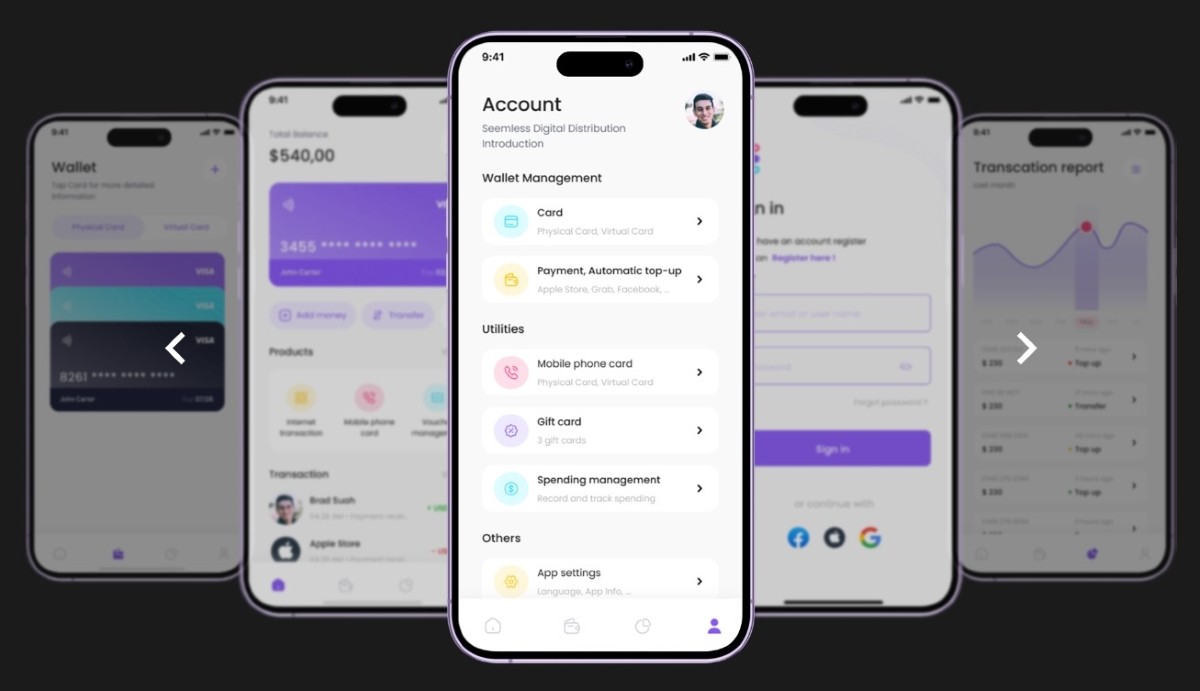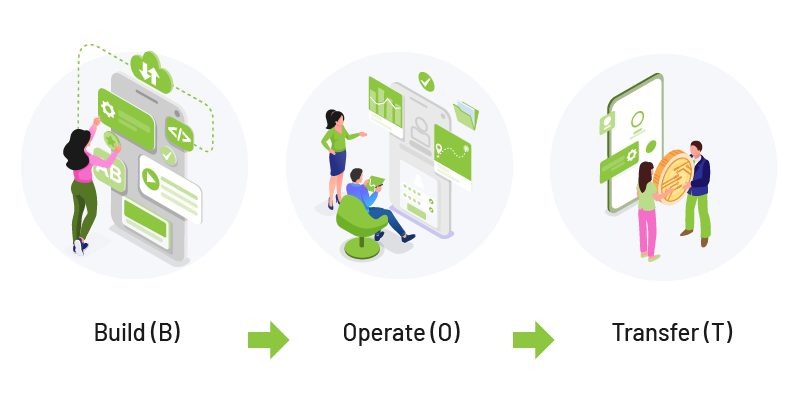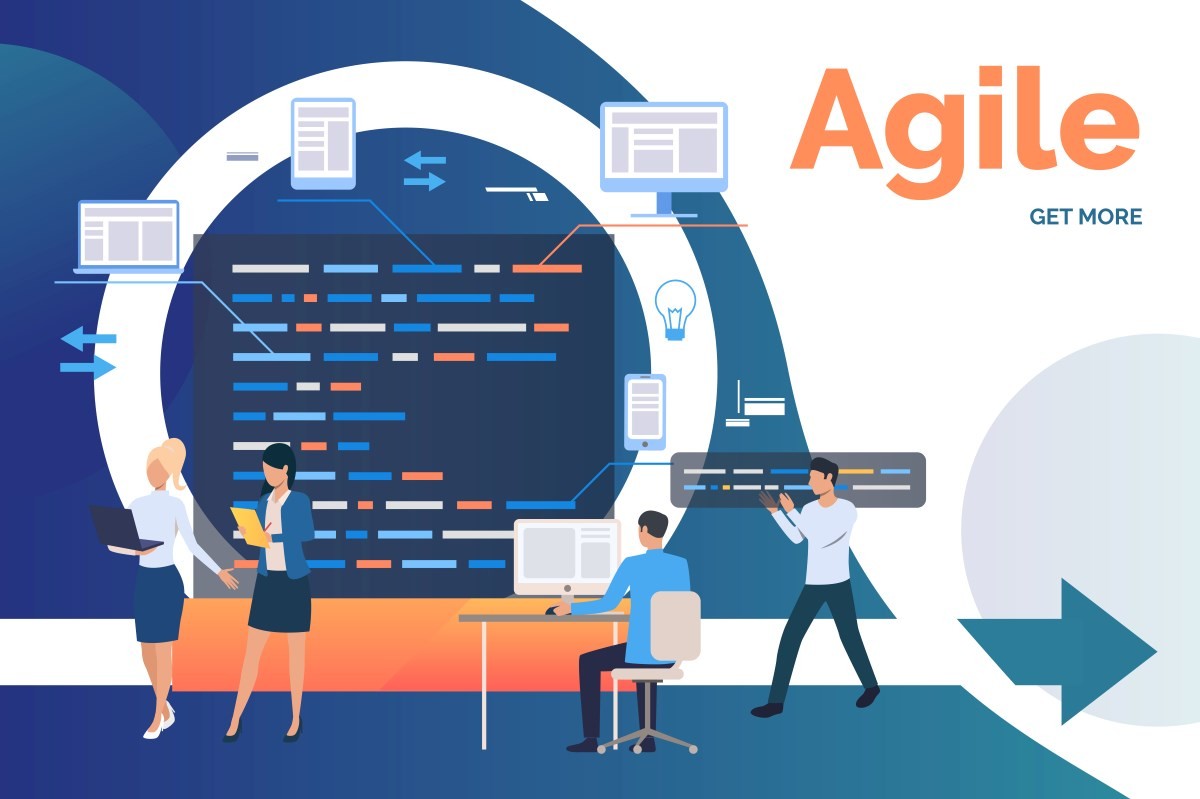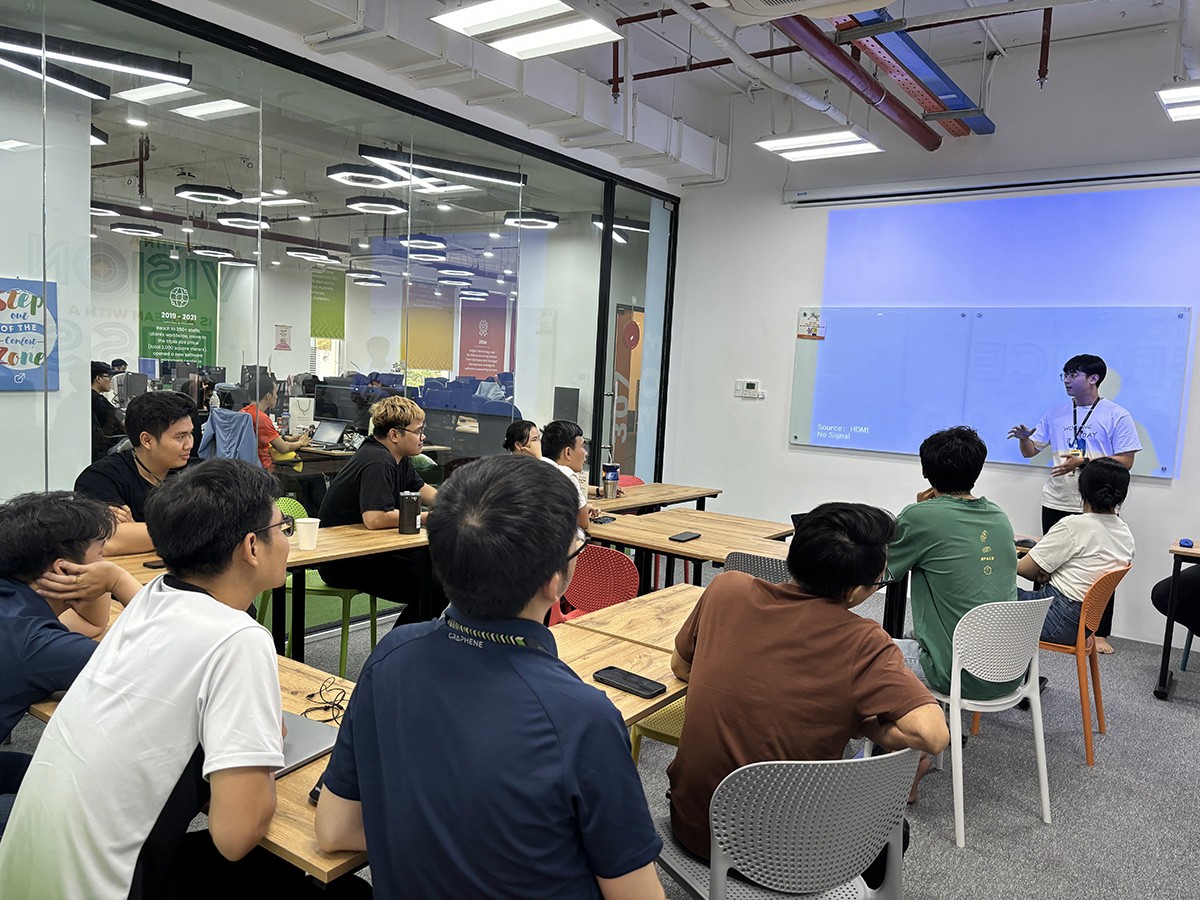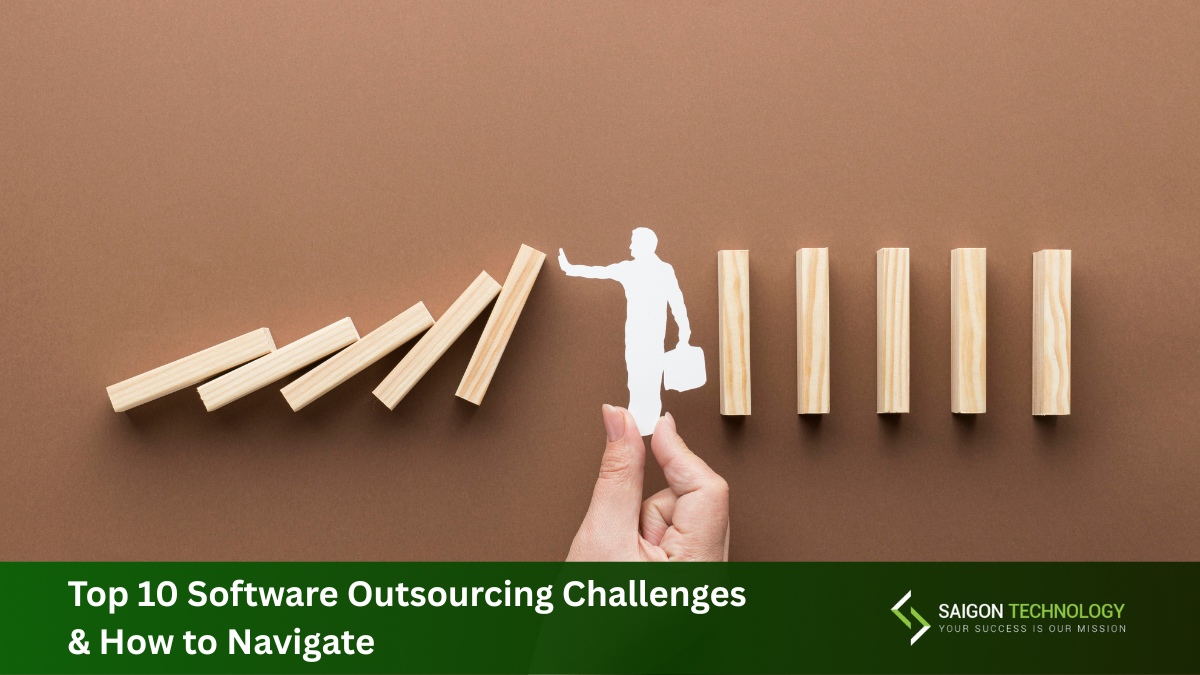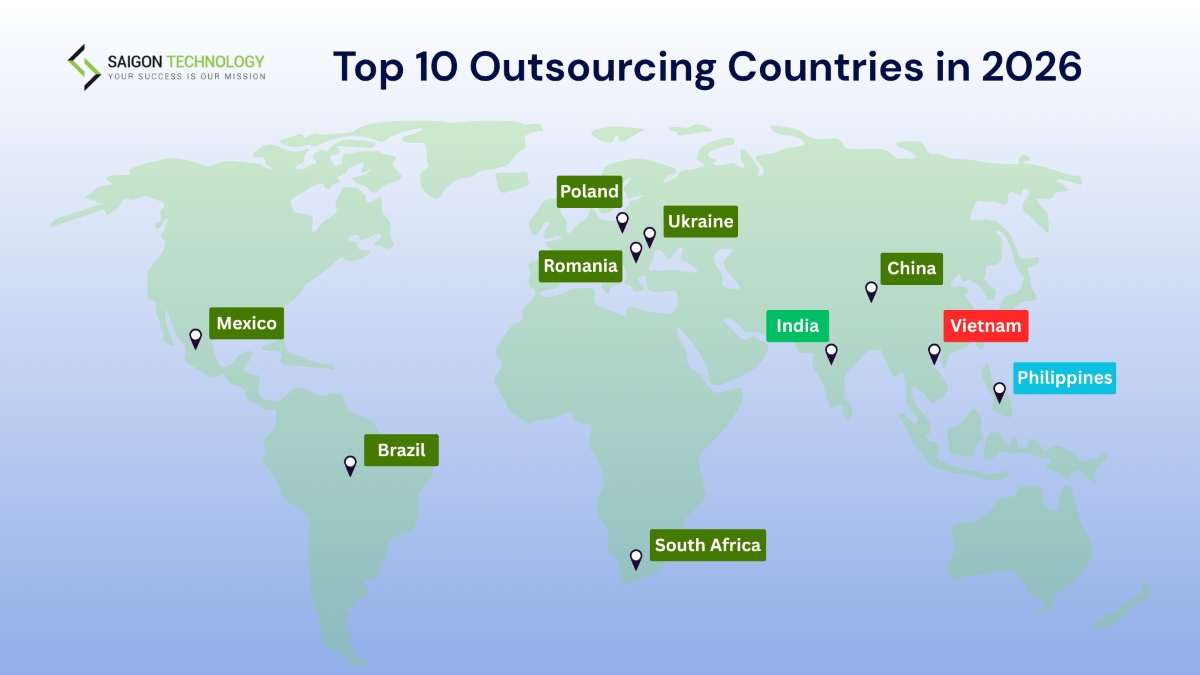Software outsourcing contracts play a pivotal role in managing software development outsourcing contracts. They create a clear framework that defines the relationship between the client and the software outsourcing vendor. This helps explain the relationship between the client and the outsourcing vendor. These contracts outline elements like the scope of work and timelines.
A well-drafted Outsourcing Agreement is paramount for both parties. Without one, the project is vulnerable to misconceptions, disputes, and financial risk. The client needs assurance that the software will work for them. The vendor needs clear terms. It ensures legal protection and risk mitigation, fostering productive collaboration.
The project scope must be clear. This helps prevent scope creep. It is also important to define expected deliverables for each phase. A strong agreement is essential. A Project Management Agreement, Service Agreement, or Vendor Contract provides a solid foundation.
This article helps readers create a fair and legal software outsourcing contract. It covers key points like clear expectations, accountability, and scope of work (SOW). You want to establish a partnership agreement that protects all parties involved.
Exploring the Different Types of Software Outsourcing Contracts
Understanding the key categories of software development outsourcing contracts is necessary. Understanding these contract types helps industries make informed decisions. It also allows them to establish clear terms.
1. Fixed-Price Contract
In a Fixed-Price Contract, the vendor agrees to deliver a quality product on time. This model protects clients from unexpected costs. Clients don’t have to pay extra for delays or work beyond the agreed project milestones. It’s a popular choice for IT outsourcing contracts. It offers financial predictability and needs little client involvement.
Pros:
- Well-defined goals and timeframes
- Predetermined cost for better budgeting (budgeted cost)
- Increased accuracy in project forecasting
- Minimal management of projects on the client side
Cons:
- Limited flexibility to accommodate changes without a formal change order
- Reduced joint effort between the client and vendor
- Challenges in managing complex projects
- Potential for misaligned expectations if requirements are unclear
Use Case:
The cost-plus contract is ideal for projects with well-defined requirements and timelines. It suits scenarios where a lump-sum agreement and clarity on deliverables are essential. It provides effective risk-sharing and alignment between both parties.
2. Time and Materials (T&M) Contract
This software outsourcing contract allows clients to control project costs. It outlines the allocated task hours and specifies the agreed-upon hourly rate agreement. This model provides complete transparency, enabling real-time tracking of expenses through time-tracking tools. Unlike fixed-price contracts, T&M agreements allow projects to begin. There are no upfront costs or rigid pre-planning requirements.
Pros:
- Greater flexibility to accommodate scope adjustments
- Faster project initiation with minimal delays
- No payments for unused hours or days, ensuring cost efficiency
- No long-term commitments required
Cons:
- Risk of overspending or exceeding the budget without proper cost estimation
- Lack of built-in motivation for efficiency on the vendor’s side
- Increased difficulty in managing and maintaining control over the project
Use Case:
It’s perfect for projects with changing requirements. It works well for long-term engagements too, where flexibility is important. This approach works well when resource allocation and project billing are dynamic. It’s a practical choice for iterative and flexible workflows.
3. Dedicated Development Team Contract
Some prefer dedicated teams, focusing on their projects and not relying on contractors. A team includes vital roles, such as a full-time or part-time project manager. A Quality Assurance engineer ensures the project gets regular attention and supervision. They also make sure the results are of high quality.
Pros:
- Full-time commitment and focus from developers
- Scalability and flexibility through a scalable team structure
- Access to a wide range of dedicated resources
- Cost savings compared to in-house teams
- Consistent, high-quality output
Cons:
- Challenges in remote team management
- Increased dependency on the team for project success
- Potential for higher costs compared to other outsourcing models
Use Case:
It’s ideal for large-scale projects or situations requiring long-term collaboration. This team augmentation approach is great for reliable expertise. It also helps with seamless vendor relationship management and employee leasing.
4. Build-Operate-Transfer (BOT) Contract
It’s a unique software development contract in which the vendor takes full authority. The BOT approach is helpful for businesses that want to cut upfront investments. This ensures operational stability during the project’s early stages. The vendor provides support during the transition. This helps the client take control after the transfer.
Pros:
- Comprehensive knowledge transfer from the vendor to the client
- Operational support during the project handover phase
- Lower initial investment for the client, making it accessible for startups
- Acts as a risk mitigation strategy before ownership transfer
Cons:
- Requires meticulous planning to guarantee a smooth operational transfer
- Potential dependency on the vendor during the operation phase
- The transition phase may involve unforeseen complexities, requiring close cooperation
Use Case:
The BOT model is best for startups or businesses entering new markets. It ensures that you have complete control over the project after the transfer. This approach works well for turnkey projects. In these projects, the client wants the vendor to handle both development and setup. Afterwards, the client takes ownership.
Unlocking the Secrets of a Software Outsourcing Contract
1. Scope of Work (SOW):
It’s the backbone of any software outsourcing contract. The SOW defines the project’s scope. It sets clear expectations for both the client and vendor. Change management helps everyone stay aligned. It reduces the risk of misunderstandings.
Project Needs:
- Define the project’s purpose and goals.
- Include details about the software’s core functionalities, user roles, and technical specifications.
- Use a well-defined Project Charter to align high-level objectives and specific information.
Deliverables and Milestones:
- Divide the project into project milestones and deliverables.
- Use milestones to test progress and quality at each stage.
- Incorporate a realistic timeline or schedule to maintain accountability.
Change Management Process:
- Establish an explicit protocol for handling changes in scope.
- Specify reviewed changes and approved and implemented tasks.
- Prevent scope creep and budget overruns by structuring how to address new requirements.
Example:
The SOW for a mobile app project might state: “Build a mobile app with specific features. Complete development for beta testing in six months.” This concise statement clarifies the work breakdown structure (WBS), timeline, and deliverables.
2. Service Level Agreements (SLAs):
SLAs set clear expectations. They focus on quality assurance and testing. This helps ensure a high-quality final product. A well-drafted SLA ensures expectation alignment for all parties concerned.
Acceptance Criteria
SLAs include specific performance metrics that the software must meet for acceptance. These criteria outline measurable standards, such as functionality, reliability, and usability. It guarantees the deliverable aligns with the client’s goals.
Testing Protocols
Defined testing procedures are vital for maintaining quality. The SLA should determine the types of testing and identify who handles each stage. Comprehensive testing reduces the risk of errors and provides a seamless user experience.
Bug Resolution
This explains how to handle bugs after project delivery. It also covers support and maintenance. It includes a warranty period for free bug fixes. Clear, outlined escalation procedures ensure customers have a reliable process for addressing problems.
Extra Recommendations
Everyone can enjoy availability, response time, and remedies for unmet commitments. These include penalties or remedies for delays or subpar performance. A sample SLA or consulting legal resources can help create a robust agreement.
3. Payment Terms:
A clear payment plan is important. It helps ensure the success of any software development contract. Different pricing models suit different types of projects. Clear communication about invoicing terms is important. A defined payment schedule helps build trust and ensure accountability.
Fixed-Price Contracts:
- It’s ideal for well-defined projects with minimal scope changes
- Client and vendor agree on a predetermined cost
- Ensures predictable expenses and timely delivery
- Provides clarity on the total project budget
Time and Material Contracts:
- Best for projects with evolving requirements
- Payment for hours worked and materials used
- Offers flexibility for adjustments as the project progresses
- Requires careful monitoring to prevent budget overruns
Milestone-Based Payments:
- Payments according to specific project milestones
- Released for achieved milestones
- Aligns incentives for both parties
- Helps maintain focus on deliverables and ensures commitment to project goals
More Considerations
Payment terms should include details on retainers and late payment penalties. They should also cover refunds and adjustments. The terms should explain what happens if there are problems. This includes delays or unmet expectations.
4. Intellectual Property (IP) Rights:
Protecting IPs is essential when entering into an IT outsourcing contract. The agreement should clarify who owns the software and any associated IP. Setting ownership rights from the start is important. It helps prevent disputes and clarifies responsibilities for both parties.
Ownership Clause
It should state that the client will own the code. The client will own the documentation. They will also own any other intellectual property created during the project. It ensures the client has full control over the software once the project is complete. This includes rights to copyrights, patents, and moral rights.
License Rights
The vendor may receive a limited license to use the client’s IP for the duration of the project. They can complete the task, but they cannot use the materials afterward. It helps protect against any unauthorized use or distribution of proprietary content.
IP Transfer Process
The transfer of IP rights should occur after the final payment. This guarantees the client full ownership of the software and related materials. It encourages the vendor to complete the project on time and as agreed upon.
Legal Insight
An NDA keeps all information shared with the company completely confidential. It’s a crucial safeguard against the misuse or theft of your intellectual property. For instance, integrating an NDA into the contract is a standard practice. Serious concerns can arise. This happens if an outsourcing company skips or rejects this step.
5. Data Protection and Security:
A good software outsourcing contract should have clear confidentiality terms. These terms protect sensitive information during the project.
Data Privacy Requirements
The agreement must highlight specific data privacy obligations to confirm compliance. For instance, vendors working with European clients should adhere to GDPR Compliance.
Compliance and Security Protocols
Vendors should install stringent protocols to cut risks. These measures may include:
- Encryption of sensitive data to prevent unauthorized access.
- Access control to restrict data usage to authorized personnel only.
- Performing regular security audits to determine and address vulnerabilities.
Data Retention and Confidentiality
Define the methods for deleting it after the project concludes. This step maintains privacy and aligns with legal and ethical standards. Clear data retention policies protect the client’s interests and the vendor’s reputation.
Expert Guidance
Consider consulting legal experts in this field for advice on data protection. Firms like Hunton Andrews Kurth LLP offer specialized data privacy and cybersecurity services.
6. Dispute Resolution:
A robust contract should include explicit dispute handling, termination, and renewal terms. These elements ensure clarity and fairness.
Termination Terms:
- Define specific conditions for contract termination.
- Ensure both parties understand their rights and obligations if the agreement ends.
Notice Period:
- Specify a reasonable notice period before termination.
- Allow adequate time for project closure, task handover, or final deliverables.
Renewal Provisions:
- Include options for renewing or extending the contract.
- Simplify negotiations by detailing how to start renewals to agree upon.
Conflict Resolution Process:
Define how to handle disputes, such as:
- Mediation: A neutral party facilitates negotiations to resolve the issue.
- Arbitration: A third-party arbitrator makes a binding decision, often quicker than litigation.
Specify the jurisdiction and applicable governing law to avoid ambiguity.
Example Clause:
Will settle disputes by arbitration. The process will follow [specific rules] and take place in [specified region].
Navigating the Tricky Waters of Outsourcing Contracts
It’s easy to get caught up in the excitement of new opportunities and cost savings. Many companies face common pitfalls. These can derail even the best plans.
1. Scope Creep
Vague definitions or unmanaged changes cause the uncontrolled expansion of project scope. Without a solid Scope Management Plan, it can lead to budget overruns and delays.
Transparency Issues:
- Imprecision in the Project Scope Definition results in unexpected costs and missed deadlines.
- Define deliverables and set a Project Scope Freeze to prevent unnecessary changes.
Preventive Measures:
- Create a Change Control Process to review and approve all scope changes.
- Communicate with stakeholder expectations and requirements.
- Document a scope management plan with outlined boundaries and deliverables.
Tip:
Use a Requirements Management system to track changes and keep stakeholders updated.
2. Cultural Differences & Communication Issues
Working with cross-cultural teams can pose challenges. These factors, if unmanaged, can affect project outcomes.
Common Challenges:
- Language Barriers: Misconception of tasks or requirements.
- Time Zone Challenges: Delays in responses due to differing work hours.
- Cultural Sensitivity: Varied work styles or approaches that may create misconceptions.
Solutions for Better Communication:
- Establish Communication Protocols and define virtual communication tools (e.g., Slack, Zoom).
- Incorporate Feedback Loops to ensure clarity and alignment on deliverables.
- Invest in Cultural Awareness Training to foster better collaboration in global teams.
- Plan overlapping work hours for remote collaboration across time zones.
Recommendation:
Schedule regular check-ins to address concerns early and improve team alliance.
3. Hidden Costs
These costs can impact budgets in outsourcing projects. They include quality assurance costs, maintenance fees, and unforeseen legal fees.
Common Hidden Costs to Watch Out For:
- Testing and Rework Costs: Expenses for ensuring high-quality deliverables.
- Maintenance Fees: Ongoing support or updates after project completion.
- Travel Expenses: Unexpected trips to the vendor’s location.
- Overhead Costs: More services like training or documentation.
- Licensing Fees: Software or tools required for project implementation.
Transparency in Cost Management:
- Give a clear list of potential expenses, including a budget for unexpected costs.
- Ensure you mention implementation costs in the IT outsourcing contract.
Tip:
Include the cost for testing and quality assurance. Also, clarify if the vendor covers these in their agreement.
Strategies for Crafting an Effective Software Outsourcing Contract
1. Clarity in Language
Comprehensible terms are essential for any IT outsourcing contract. They guarantee clear definitions for everyone involved.
Key Practices:
- Use Plain Language to cut confusion and avoid ambiguity.
- Avoid jargon and replace complex terms with non-technical language.
- Include a Glossary of Terms to define technical concepts. These include “agile method” or “user acceptance testing.”
- Ensure readable contracts by avoiding unnecessary legal terminology.
Suggestion:
Simpler language makes the contract clearer. It will focus on legal and technical details.
2. Incorporating Flexibility
A good software outsourcing contract anticipates the need for adaptability. It allows for a scalable scope, handles unforeseen issues, and addresses requirements.
Best Practices:
- Include Flexible Terms that allow for adjustments without disrupting the agreement.
- Use Change Management strategies to outline how to handle alterations to the project.
- Add a Buffer for Unforeseen Circumstances to accommodate delays or changes.
- Enable Agile Contracting by building in change clauses for scalability.
Suggestion:
Consider iterative reviews to assess and include contract amendments as the project progresses.
3. Review and Iteration
These contracts should evolve alongside the project to reflect change requests and priorities. Regular progressive updates provide alignment between both parties.
Recommendations:
- Schedule Periodic Evaluations of the agreement to address new challenges or opportunities.
- Allow for Contract Amendments for changes, such as altering timelines or deliverables.
- Establish Feedback Loops to gather input from both parties for continuous improvement.
- Use Version Control to track all changes made to the original agreement.
Suggestion:
Encourage regular assessments of the contract at key project milestones. This ensures it stays relevant and practical. Focusing on contract reviews helps businesses create agreements that reduce risks.
Checklist: Must-Have Elements for Your Software Outsourcing Contract
Covering key areas is paramount when drafting or reviewing a software outsourcing contract. A well-structured outsourcing contract template ensures all essential aspects are addressed. Here’s a concise, actionable checklist to guide you:
1. Clear Scope and Deliverables
Ensure the project’s boundaries and objectives define the outcomes. Clear documentation minimizes misunderstandings and keeps all parties aligned.
- Include Project Scope and detailed Requirements Documentation.
- A Deliverables List with specific completion criteria.
- Clear Timeline and Milestones to track progress.
- Defined Task Breakdown for transparency in work distribution.
- Review Completion Criteria outlining expected deliverables and accepted.
2. Detailed Payment Terms and Schedules
Transparent payment terms build trust and ensure financial clarity throughout the project.
Key Elements:
- A clear Payment Structure that specifies made payments.
- Payment Milestones tied to project progress or deliverables.
- An Invoicing Schedule to track billing.
- Defined Payment Deadlines with any Late Payment Penalties.
- Provide a fee breakdown to outline covered costs, such as testing or maintenance.
3. Intellectual Property Clauses
Safeguard your ownership rights to the work created during the project.
Essential Inclusions:
- Precise definitions of IP Ownership for the right to code and design.
- Terms for IP Transfer upon project completion or payment.
- Licensing agreements and restrictions on vendor use of your Proprietary Information.
- Copyright Protection and Patent Rights for innovations developed during the project.
- A binding Non-Disclosure Agreement (NDA) to ensure confidentiality.
4. Data Protection and Confidentiality Terms
Protecting sensitive information is critical for projects involving user data or proprietary processes.
Key Areas to Cover:
- Compliance with laws and Data Privacy Regulations like GDPR compliance.
- Defined protocols for handling Confidential Information and maintaining Access Control.
- Security measures include data encryption and restricted access to sensitive files.
- An NDA to ensure confidentiality throughout and beyond the project lifecycle.
- Regular data handling protocols to confirm alignment with laws and standards.
5. Dispute Resolution Methods
Define how conflict resolutions will address dispute settlement and costly litigation procedures.
Include the Following:
- Arbitration Clauses for quicker resolution timelines outside court.
- Steps for Mediation Procedures to resolve conflicts.
- Clear jurisdiction under an agreed-upon Legal Jurisdiction.
- A structured Escalation Process for escalating unresolved issues.
- Alternative Dispute Resolution (ADR) options, like neutral third-party reviews.
Conclusion
A good software outsourcing contract is important. It helps ensure the success of any software development project. The contract is significant because it’s a blueprint for cooperation. It guarantees alignment between parties while paving the way for Project Success Factors.
Recap of Key Points
To avoid miscommunication or disputes, a robust contract provides:
- A Clear Agreement on deliverables, timelines, and responsibilities.
- Provisions for Risk Mitigation to handle unforeseen challenges.
- Guidelines that contribute to Effective Contracting and collaboration.
- Tools for Minimizing Disputes through Structured Terms.
Final Advice
Before signing any agreement, get expert advice. This will ensure the terms fit the project’s needs. Legal consultation offers:
- Do a thorough contract review to spot potential issues.
- Access to Legal Support to understand complex terms.
- Peace of mind, fostering Informed Decision-Making that protects your investment.
Further Resources
Equip yourself with tools to craft or test your contracts:
- Download customizable Contract Templates at PandaDoc.
- Explore Legal Resources or industry guides to deepen your knowledge.
- Use Template Downloads as guides for negotiations and clarify terms.
You can create industry reports by blending expert advice with custom resources. This builds trust, clarity, and successful partnerships.




